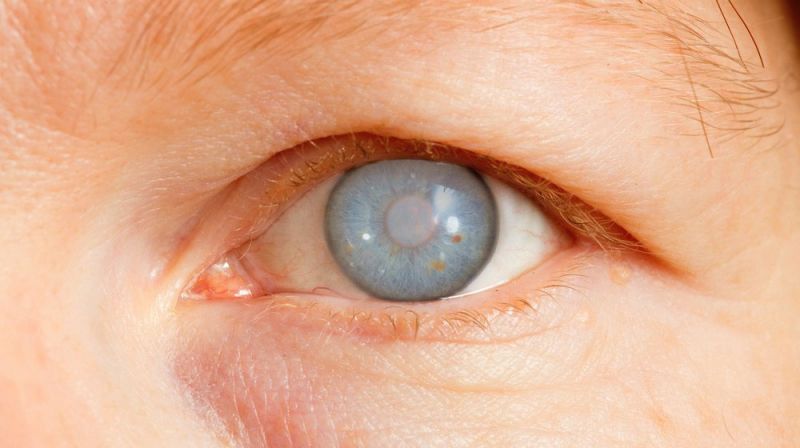
Researchers from different countries, including Lithuania, have added to the body of knowledge demonstrating that intracranial pressure significantly contributes to normal-tension glaucoma, which accounts for up to 50% of all instances of glaucoma. According to a recent clinical investigation, low intracranial pressure is associated with impaired patient eyesight, particularly in the nose zone.
Glaucoma, one of the leading causes of blindness in those over 60, is mostly caused by optic nerve deterioration. Elevated intraocular pressure (IOP), commonly referred to as eye pressure, is a common symptom in glaucoma patients. Nevertheless, not everyone who has ocular hypertension will develop glaucoma. Nevertheless, those with normal IOP can nonetheless develop glaucoma. Moreover, individuals with normal IOP may nevertheless acquire glaucoma. According to several research, the prevalence of so-called normal tension glaucoma (NTG) among patients in the global population ranges from 30 to 90%.
"Modern medicine offers techniques to treat high eye pressure and to reduce or even stop optic nerve damage. These treatments, however, are ineffective for normal tension glaucoma. The scientific community is becoming more and more conscious that glaucoma is a condition brought on by pressures in both the eye and the skull "from Kaunas University of Technology (KTU), Lithuania, professor Arminas Ragauskas
The non-invasive intracranial pressure measurement method utilised in the study detailed below was developed by Ragauskas, Chief of the Health Telematics Science Center at KTU.
He continues by describing how the optic nerve is anatomically encased in cerebrospinal fluid and connected to the brain. The health of the optic nerve can be impacted by both intracranial pressure (ICT), or the pressure inside our skull as measured in the cerebrospinal fluid, and intraocular pressure (IOP). Translaminar pressure differential (TPD), or the balance between the two pressures, and its relationship to the onset of glaucoma have recently attracted the attention of researchers.
Researchers from Lithuanian, Israeli, and American universities have enrolled 80 early-stage normal tension glaucoma (NTG) patients. The 300 NTG patients who were referred to the Eye Clinic at the Lithuanian University of Health Sciences between January and October 2018 were the subjects.
Throughout the trial, a number of measurements were taken, including intraocular (IOP), intracranial (ICP), and visual field perimetry. The formula TPD = IOP - ICP was used to compute the translaminar pressure difference (TPD). Five zones—nasal, temporal, peripheral, central, and paracentral were identified in the visual field.
The research found multiple statistically significant associations between changes in visual field, intracranial pressure, and TPD. The patient's visual field suffered more substantial damages the higher the TPD. The nasal zone saw the greatest reductions in visual pitch.
"Loss of visual field can only signify one thing: the person is going blind. Understanding the underlying causes of this ailment and how to treat it are crucial. We are all aware of the negative consequences "prof. Ragauskas explains.
The study's authors draw the conclusion that higher TPD may be regarded as a risk factor for the adverse onset of normal tension glaucoma. The bigger the translaminar pressure difference (TPD), which is determined by taking ICP from IOP, the lower the intracranial pressure measure. Hence, decreased intracranial pressure is a potential risk factor for normal-tension glaucoma.
"It is not novel to think that brain pressure and visual field are connected. Using the non-invasive technologies created here at KTU, we conducted a number of tests a few years ago to investigate the relationships between visual field and intracranial pressure. I observed how our innovative concept was welcomed with enthusiasm by the global ophthalmology community in the conferences that followed "prof. Ragauskas said.